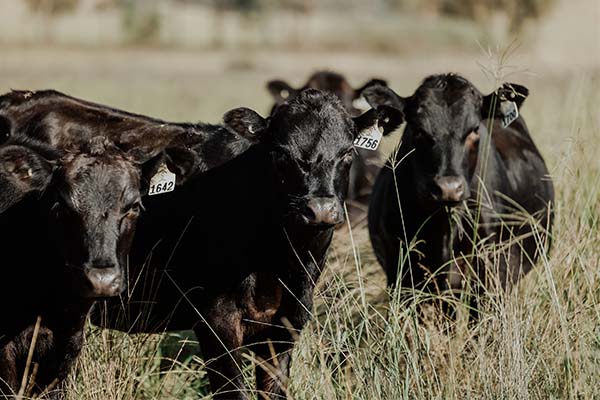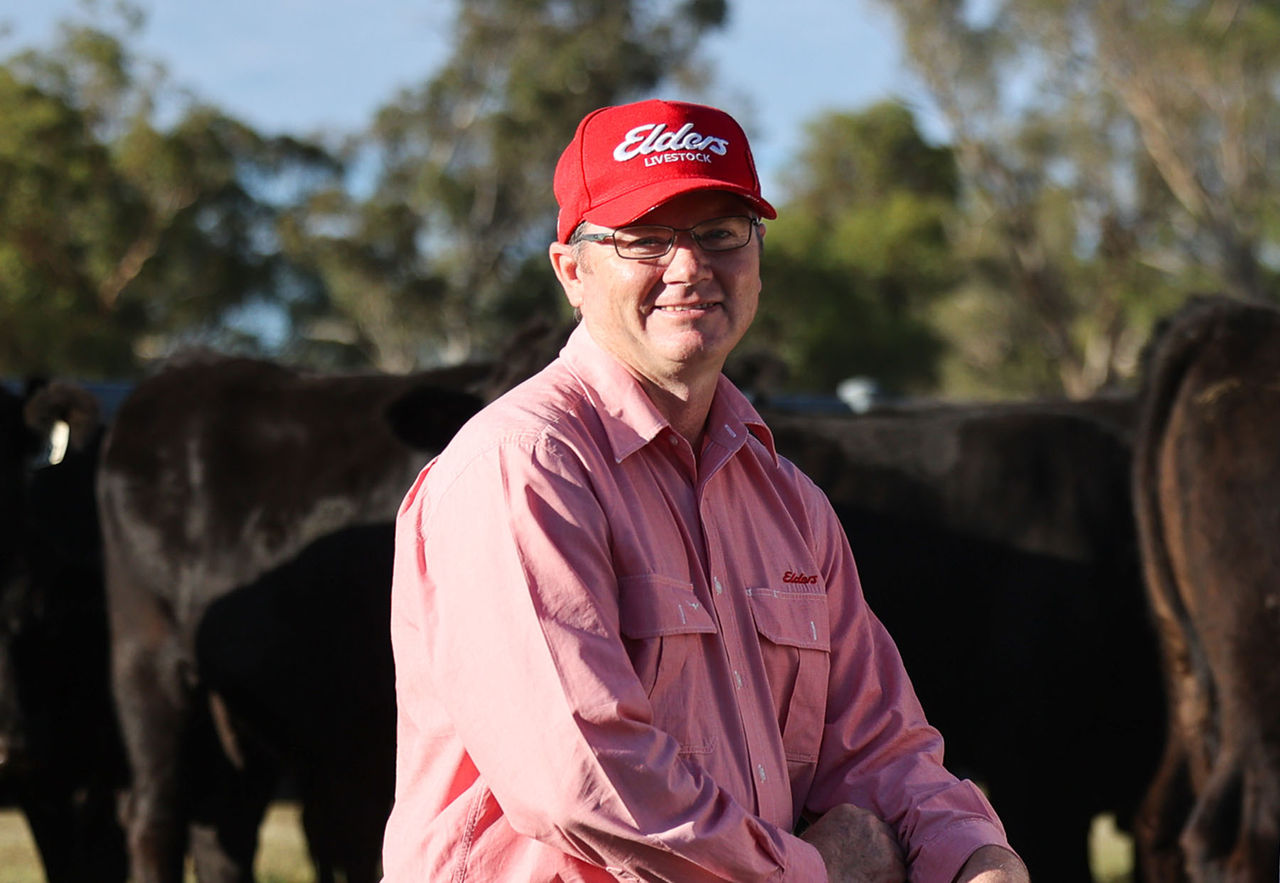With the northern part of New South Wales fortunate in recent weather events, spring will be off to a good start. Livestock Production Specialist Adam Turnbull explains how to manage the spring flush correctly to maximise production of livestock.

A strong start to spring can be a make-or-break opportunity if the spring flush isn’t managed correctly, especially in medic dominant pastures. A range of livestock including young, low condition, pregnant and lactating stock are headed this way either on agistment or as a trade opportunity, with the current strength in the market. There are a few key points to consider.
Spring pastures are highly digestible, high in protein and energy, however, usually low in dry matter, low in starch, magnesium, phosphorus and sometimes calcium. Due to the high protein content, supplements are of great benefit. They should not, however, contain urea as that is a protein rapidly absorbed in the rumen, therefore resulting in excess ammonia that can inflame the hind gut and cause scouring and reduced weight gain.
Supplements that contain soluble starches, magnesium, calcium and phosphorus are used instead that will promote fermentation, rumen function and increase pasture utilisation. That in turn increases carrying capacities or increased grazing days of pastures, plus the all-important weight gain, whilst meeting daily requirements of minerals lacking in the feed source.
Key points for livestock grazing spring feed:
- Vaccinate. Use a Minimum 5-in-1 vaccination for protection of clostridial disease, mainly pulpy kidney.
- Drench. Internal parasites can enter an “inhibited stage” during winter and emerge when stock graze lush feed. An effective broad-spectrum drench is required.
- Understand the nutritional requirements of each class of stock as it varies greatly. Ask an Elders livestock production specialist for assistance if unsure.
- Ensure stock are full prior to grazing lush feed. Trade stock especially should be fed hay prior to grazing lush feed.
- Supplement early to maximise the utilisation, as often pasture types can change quickly depending on climatic conditions that can also result in a change of supplement.
- Correct supplement choice is crucial for the pasture type and class of stock. Utilise an Elders livestock production specialist for correct supplement selection
- Cost effective option to increase pasture utilisation during seasonal changes
- Supply adequate amounts of supplements in ratio to mob size to prevent “mobbing” and over consumption, for example, three days’ worth. Refer to the feeding guide on the product label for recommended daily feeding rate.
Disclaimer - important, please read:
The information contained in this article is given for general information purposes only, current at the time of first publication, and does not constitute professional advice. The article has been independently created by a human author using some degree of creativity through consultation with various third-party sources. Third party information has been sourced from means which Elders consider to be reliable. However, Elders has not independently verified the information and cannot guarantee its accuracy. Links or references to third party sources are provided for convenience only and do not constitute endorsement of material by third parties or any associated product or service offering. While Elders has exercised reasonable care, skill and diligence in preparation of this article, many factors including environmental/seasonal factors and market conditions can impact its accuracy and currency. The information should not be relied upon under any circumstances and, to the extent permitted by law, Elders disclaim liability for any loss or damage arising out of any reliance upon the information contained in this article. If you would like to speak to someone for tailored advice specific to your circumstances relating to any of the matters referred to in this article, please contact Elders.

